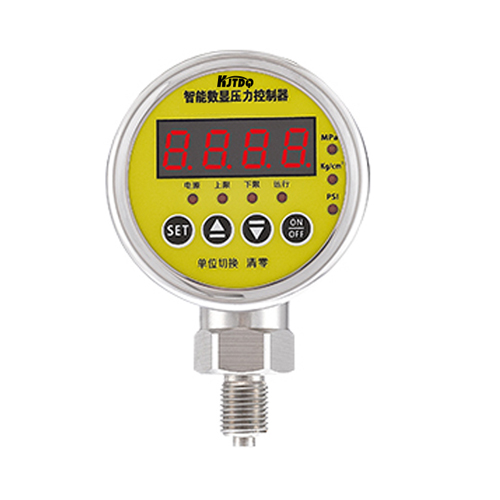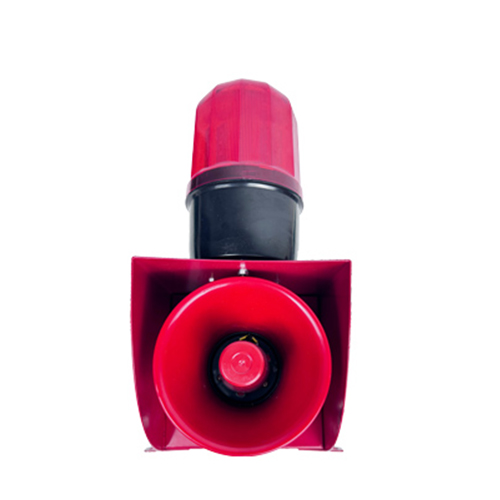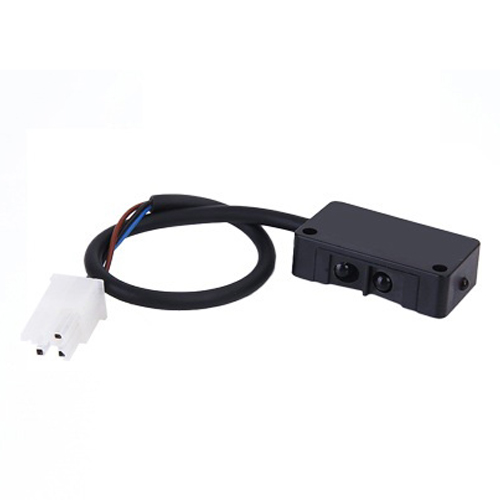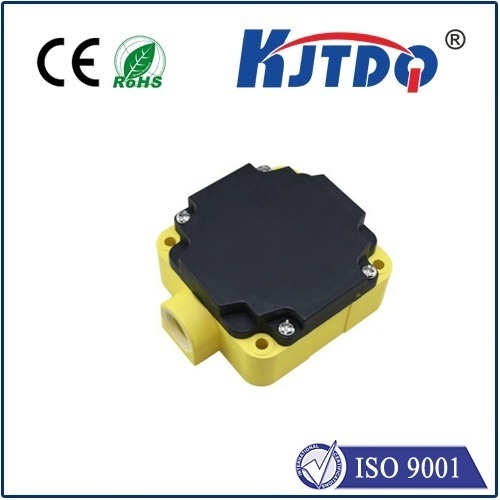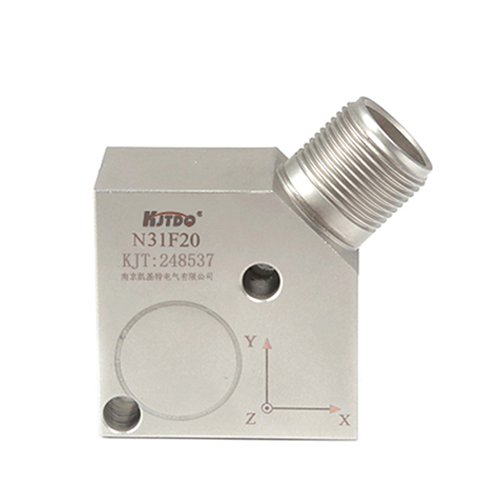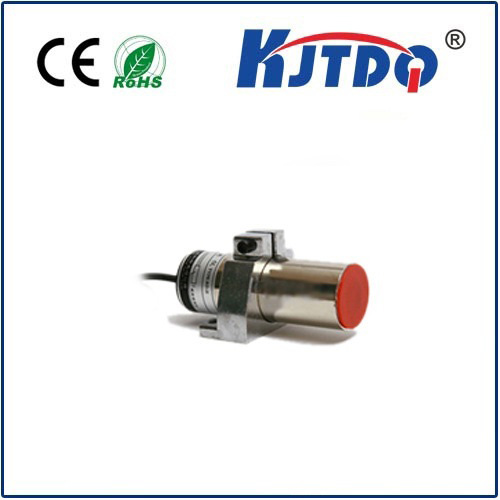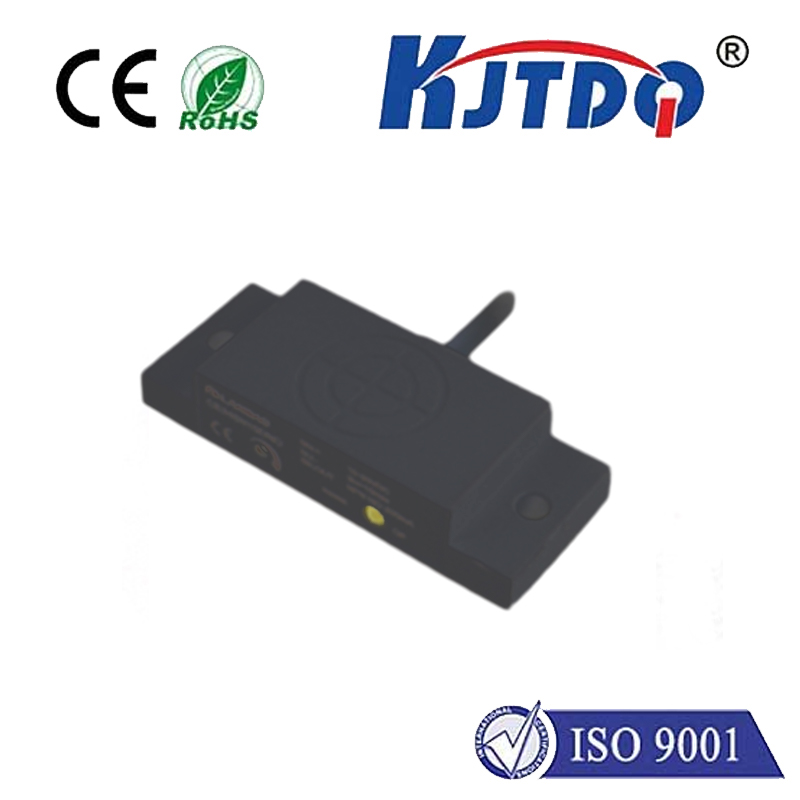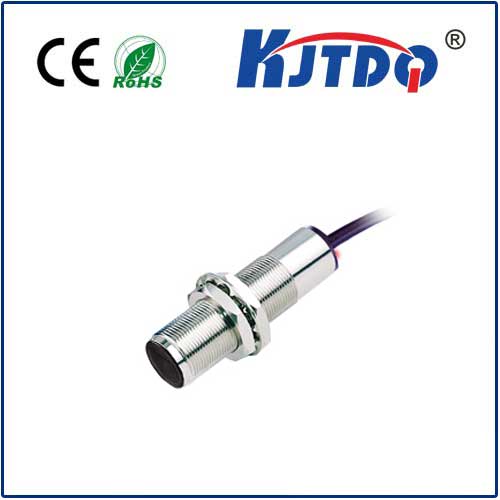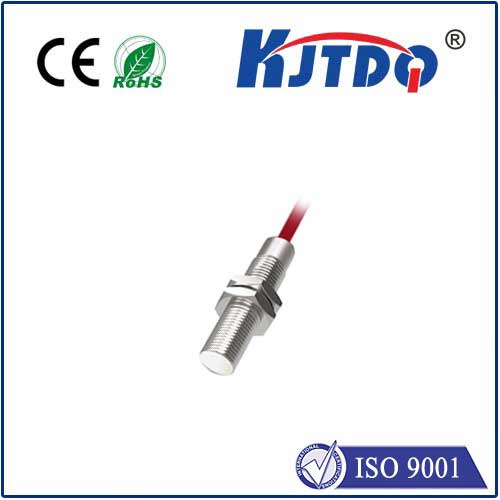Фотоэлектрический датчик
- time:2025-07-23 12:39:28
- Нажмите:0
Photoelectric Sensors: The Invisible Eyes Powering Modern Automation
That automatic door slides open just before you walk through. The production line stops instantly when an object is out of place. Your printer knows when it’s out of paper. While these actions seem simple, almost magical, they are frequently enabled by a remarkably versatile and reliable technology: the Фотоэлектрический датчик. Often unseen and unnoticed, these devices form a critical sensory network, transforming light into actionable data that drives countless processes in our automated world. Understanding how they work reveals the ingenious simplicity behind their pervasive impact.
The Fundamental Principle: Light Interrupted
At its core, a photoelectric sensor operates on a straightforward principle: it uses light to detect the presence, absence, distance, or characteristics of an object. As the name suggests, it hinges on the photoelectric effect – the phenomenon where certain materials emit electrons when exposed to light. Modern photoelectric sensors leverage this effect electronically. The essence involves an emitter (usually an LED generating modulated infrared, visible red, or laser light) and a receiver (typically a phototransistor or photodiode) designed to pick up that emitted light.
The sensor’s output signal changes state based on whether the receiver “sees” the light beam generated by the emitter. This detection event occurs when an object physically interrupts or significantly alters the light beam traveling from the emitter to the receiver. Sophisticated internal circuitry, including an amplifier, processes the receiver’s signal to provide a clean, reliable digital output (ON/OFF) or analog signal (proportional to distance or intensity) usable by control systems like PLCs.

Key Components and Advantages
The effectiveness of Фотоэлектрический датчик stems from their core components working in concert:
- Emitter: Generates the detection light beam. Common types include LEDs (long life, various wavelengths) and Laser Diodes (highly focused beam, long range).
- Receiver: Converts incoming light energy into an electrical signal. Photodiodes and phototransistors are standard.
- Optics: Lenses shape and focus the emitted light beam onto the target or towards the receiver, controlling detection range and accuracy.
- Signal Processing Circuitry: Filters ambient light, demodulates the modulated signal (to ignore stray light), amplifies the receiver signal, and provides the final output.
- Housing: Protects sensitive internal components from environmental factors like dust, moisture, physical impact, and chemicals.
Photoelectric sensors offer distinct advantages over other sensing technologies like mechanical limit switches or proximity sensors:
- Non-Contact Detection: They detect objects without physical touch, eliminating wear and tear and enabling detection of fragile objects.
- Long Sensing Ranges: Capable of detecting objects from a few millimeters up to several tens of meters away.
- High Speed: Detects objects moving at very high speeds, crucial for high-throughput production lines.
- Многогранность: Can detect a vast array of object materials (metals, plastics, wood, glass, liquids) and colors.
- Resistance to Contaminants: Well-suited for environments where dirt or oil on the sensor surface could affect contact-based devices.
The Three Primary Photoelectric Sensor Types
While the core principle remains constant, Фотоэлектрический датчик achieve detection through three distinct methods, each suited to specific applications:
- Thru-Beam (Through-Beam, Opposed Mode):
- Principle: Emitter and receiver are housed in separate units, facing each other. The receiver detects the emitter’s beam directly. Detection occurs when an object breaks the beam.
- Strengths: Longest sensing ranges, highly reliable, largely immune to target surface characteristics (color, reflectivity, texture) and background interference.
- Применение: Object presence detection on conveyors (especially large items), web break detection, security gates, garage door safety beams, palletizing/depalletizing.
- Retroreflective:
- Principle: Emitter and receiver are housed in the same unit. A special retroreflector (corner-cube prism or reflective tape) is placed opposite the sensor. The emitter’s light hits the reflector and bounces directly back to the receiver. Detection occurs when an object breaks the beam path.
- Strengths: Easier alignment than thru-beam (only one wiring point), medium to long sensing ranges.
- Limitations: Vulnerable to highly reflective objects passing nearby that could potentially bounce light back to the receiver, simulating a clear beam path. Polarizing filters are often used to mitigate this.
- Применение: Bottle/can counting on conveyors, box presence, label detection, elevator door safety.
- Diffuse (Proximity Mode):
- Principle: Emitter and receiver are housed in the same unit. The sensor detects light diffused (scattered) back from the surface of the target object itself. No separate reflector is needed.
- Strengths: Simplest installation (only one unit required, facing the target), cost-effective for many applications.
- Limitations: Sensing range is shortest. Detection is influenced by target surface properties – color (darker absorbs more light), reflectivity (matte vs. glossy), material, size, and angle. Background suppression (BGS) or foreground suppression (FGS) variants provide more stable detection on difficult surfaces or at precise distances.
- Применение: Short-range object detection, presence verification in machines, pallet detection, level sensing (bin fullness), detecting small parts.
Pervasive Applications: Where Light Detection Matters
The robustness, adaptability, and non-contact nature of Фотоэлектрический датчик make them indispensable across nearly every industry:
- Manufacturing & Packaging: Conveyor line control (object counting, jam detection, sorting), part presence/absence verification, bottle/can filling level, label detection, robotic guidance, pick-and-place positioning, palletizing accuracy.
- Material Handling & Logistics: Warehouse automation (AGV guidance, pallet detection, dimensioning), parcel sorting systems, baggage handling, automatic doors/gates, high-bay storage systems.
- Food & Beverage: Bottle/can counting and filling, cap detection, label presence, container inspection, checkweigher systems, conveyor tracking in washdown environments (requiring special IP69K-rated sensors).
- Automotive: Assembly line part positioning, robot work cell safety, component verification, paint booth monitoring, end-of-line testing.
- Printing & Paper: Web break detection, paper jam detection, sheet counting, registration mark sensing.
- Building Automation: Elevator door safety, automatic lights, security systems (light barrier detection), HVAC airflow detection.
- Consumer Electronics: Paper tray detection in printers, copiers, vending machine product dispensing.
From the intricate dance of robotic arms on a factory floor to the seamless opening of a supermarket door, Фотоэлектрический датчик are the silent, invisible enablers. Their ability to translate the simple presence or absence of light into critical control signals makes them a fundamental component in building a more efficient, responsive, and automated world. Their diverse types ensure there is a solution tailored for almost any detection challenge, solidifying their status as a cornerstone of modern industrial sensing.

